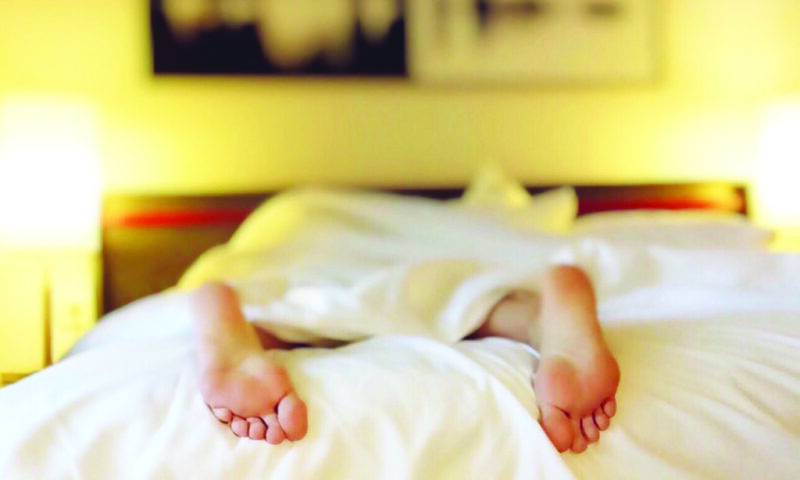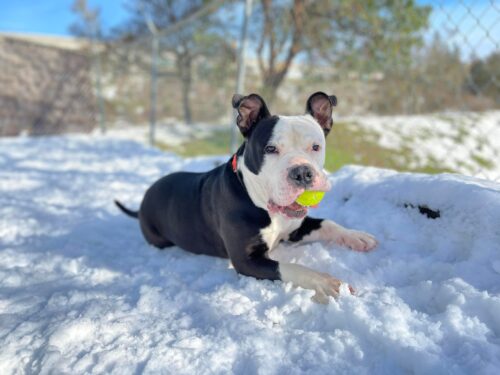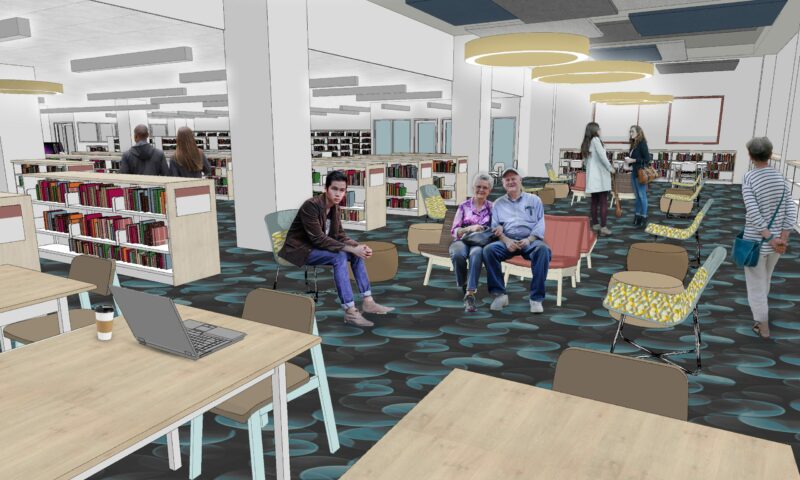When ‘sleep divorce’ is best
On average in the U.S., 32 percent of adults sleep in separate beds from their partners. In Washington, the percentage is 27 percent. Twelve other states have higher averages, led by Georgia’s 51 percent.
Sleep experts and researchers say there are a variety of reasons for sleeping apart under the same roof. According to Mattress Next Day, a mattress retailer that asked Americans in a survey if they’ve ever slept in a separate room from their partners, 14 percent said they always sleep separately to ensure they both get a good night’s sleep.
A study in 2017 by Ohio State University revealed that quality sleep improved communication between couples and reduced irritability. When running on less sleep, couples interacted in a more hostile manner with one another.
Mood was again linked with sleep quality in a 2010 study published in the National Library of Medicine, which concluded that happily married women reported lower numbers of sleep disturbances than those who are unhappy in their marriages.
“I have often heard couples consider ‘sleep divorce’ for better sleep quality,” said Martin Seeley, chief executive officer of Mattress Next Day and a sleep expert himself. “While this decision might at first seem unconventional, it can indeed have benefits. Sleeping apart can significantly improve sleep quality for partners facing issues like snoring, different sleep schedules, or disruptive sleep habits.”
More people (36 percent) said they never sleep separately than those who do, according to the survey by Seeley’s company. Another 11 percent said a they sleep separately a couple of nights a week, and of those, some do it only on weeknights.
Bottom line: Quality sleep is crucial for overall health and well-being, say the experts. And they offer this advice, some of it from a marital/partnership perspective:
- Always be careful when approaching a conversation about sack time in different beds to get a better night’s sleep. Creating a relaxing bedtime routine together, respecting each other’s space, and initiating a trial period can all help separate sleep arrangements run smoothly.
- Every relationship is unique, and what works for one couple might not work for another. Therefore, finding a balance that prioritizes both partners’ sleep quality and emotional connection is key. Ultimately, the goal is to ensure that both partners experience restful sleep while maintaining a healthy and thriving relationship.


